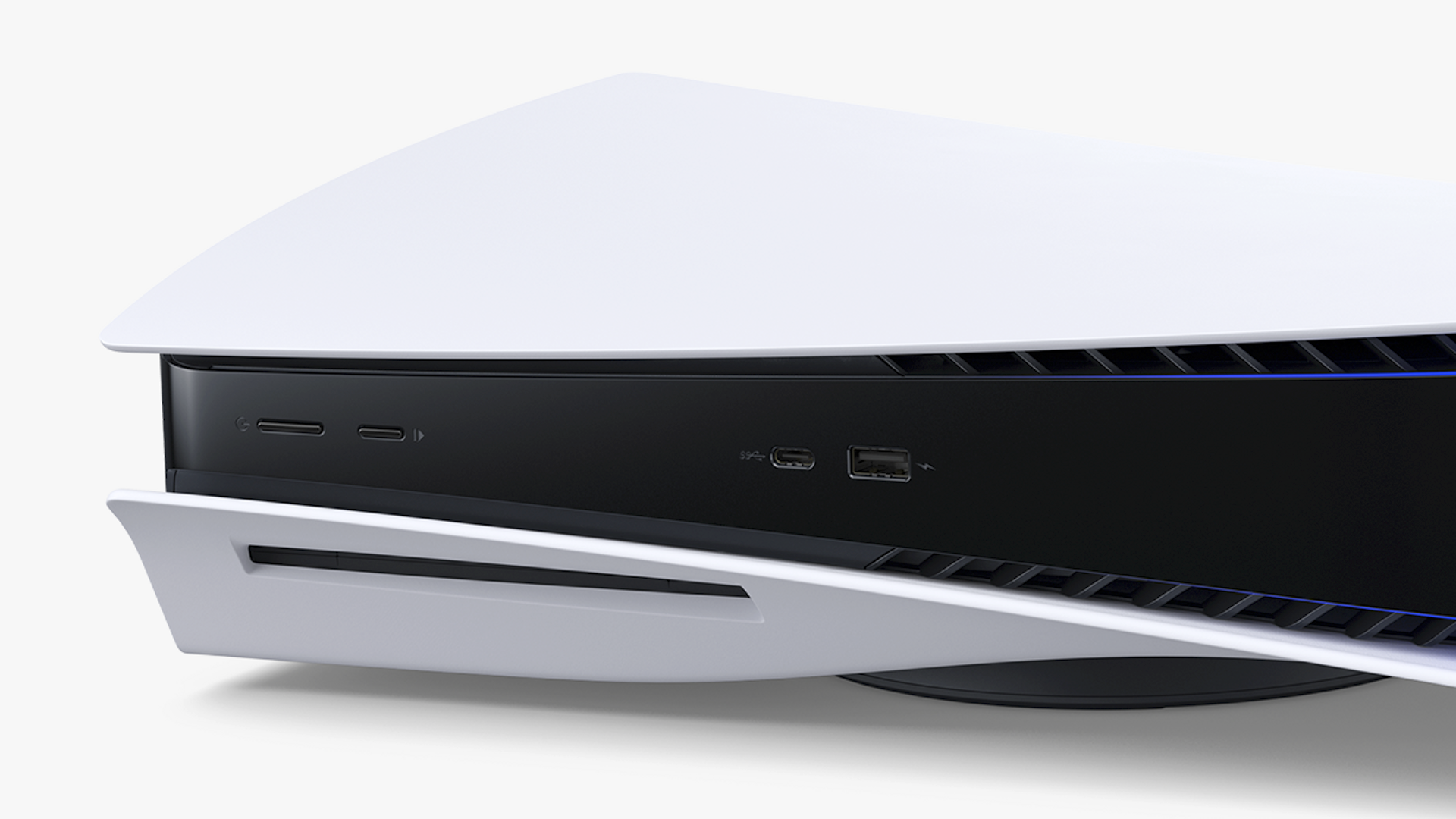Less than a year after its launch, Sony is shipping a revised version of the PlayStation 5. And while we know that the new model is about 0.6 pounds lighter than the original PS5, Sony hasn't explained why. So what's new in the "CFI-1102A" PS5?Early reports from Australia, where the PS5 revision first shipped, show that the console has a new screw to secure its base/stand. This new screw does not require a screw, greatly simplifying the PS5 setup process.Sony also revised the PS5 base for improved console stability. Pictured below, the new stand has a small bump in its center that fits between the PS5's white plastic wings when it's in a vertical orientation. (The Twitter user who shared this image, @bdp2007, is one of the first people to own a CFI-1102A PS5 in the United States.)
Unfortunately, no one has cracked open a CFI-1102A PS5 to see what's changed on the inside. A confidential document on Peru's Audits and Sanctions in Communications site suggests Sony replaced the console's wireless module, though the new module only offers a small difference in peak antenna gain---6.0/4.5dBi on the 5GHz band and 4.0/3.5dBi on the 2.4GHz band, up from 5.0/3.5dBi and 6.0/6.0dBi.
This new wireless module shouldn't make a noticeable difference in networking performance. Sony is probably using it to skirt supply constraints, a growing concern during the global semiconductor supply shortage. Sony's Sony CFO Hiroki Totoki recently stated that PS5 manufacturing will not grow during this shortage, and that to maintain the current supply volume, the PS5 may undergo small revisions with new parts or big design changes.
If there are new parts in the revised PS5 that we don't know about, they probably don't offer any major changes to performance. That said, Sony may have made small changes to the PS5's internal structure. A revised thermal system, for example, could help explain the revised PS5's weight change.
We'll update this article once people start cracking open their fancy CFI-1102A PS5s to look for new parts.
Source: Press Start via Ars Technica, VentureBeat

